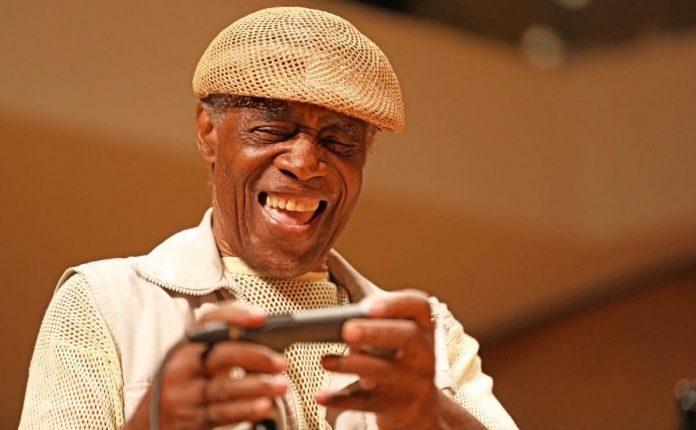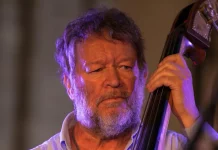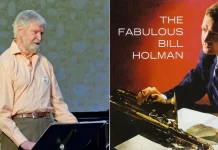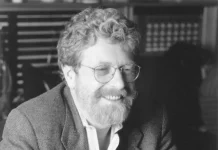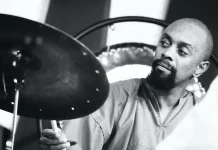Highly respected, especially by singers, throughout a long and fruitful career Norman Simmons was active as performer, composer, arranger and educator. He was born Sarney Norman Simmons, 6 October 1929, in Chicago, Illinois, which is where, in the late 1940s, he studied piano at the city’s School of Music. His declared influences were initially Duke Ellington, later Oscar Peterson, Hank Jones and, especially, Ahmad Jamal.
In the early and mid-1950s he was house pianist at two of Chicago’s jazz clubs, the BeeHive, where Charlie Parker was among the many distinguished visitors he backed, and the C&C Lounge. Toward the end of that decade he accompanied vocalists Ernestine Anderson and Dakota Staton, thus beginning the aspect of his career that would make him one of the most sought-after pianists of his generation.
Moving to New York at Anderson’s suggestion, he was appointed staff arranger at Riverside Records and spent time in the rhythm section of the Eddie “Lockjaw” Davis-Johnny Griffin group where he was also responsible for the dynamic arrangements, most notably on Big Soul Band (reissued in 2012 on Fresh Sound).
However, it was his work in the 1970s and succeeding decades that brought the highlights of his career. During these years, building on his work with Anderson and Staton, he accompanied a succession of other front-rank vocalists, among them Betty Carter, Helen Humes, Etta Jones, Anita O’Day, Carmen McRae (a long association), Mark Murphy, Carol Sloane, Carrie Smith, Teri Thornton and Joe Williams (also a lasting connection).
He also appeared with leading instrumentalists, including Eric Alexander, Roy Eldridge, Von Freeman, Al Gray, Scott Hamilton, Coleman Hawkins, Clifford Jordan, Houston Person and Warren Vaché, as well as The Duke Ellington Legacy Band, with which he played and arranged from 2002. Despite his advancing years, Simmons continued to perform into his late 80s, usually in New Jersey and also in Arizona, often teamed with drummer Sheila Earley, with whom he had a long relationship.
He also maintained an important presence in jazz education and over the years he concentrated on his work as a teacher, and was especially intent on ensuring that his mastery of the subtle art of accompanying vocalists would live on. His teaching included spells with Jazzmobile in the 1970s, the New School, and from the early 1980s as a member of the faculty of William Paterson College (later University) in New Jersey, the state in which he was resident for more than half a century. Charts created by Simmons are sought after by today’s singers and these are readily available from various sources, including Second Floor Music.
Mostly, his numerous record dates were as a sideman and accompanist, particularly of singers, and hence were released under other names but he did make some very good own-name albums, among them those for Savant Records in the early 2000s: The Art Of Norman Simmons, Synthesis and In Private. More recently, Simmons was actively involved with Jazz House Kids, whose founder and president, Melissa Walker, commented: “At the end of a recent summer workshop, the applause for him was this resounding standing ovation. He started to tear up, and he spoke to all of the students at Montclair State University and said ‘You don’t understand. This music has been my life.'” She added: “He was not a person who put himself forward. He put the music forward. He didn’t have another agenda. He was just a vessel for this music.”
Norman Simmons died 13 May 2021 in Mesa, Arizona.

